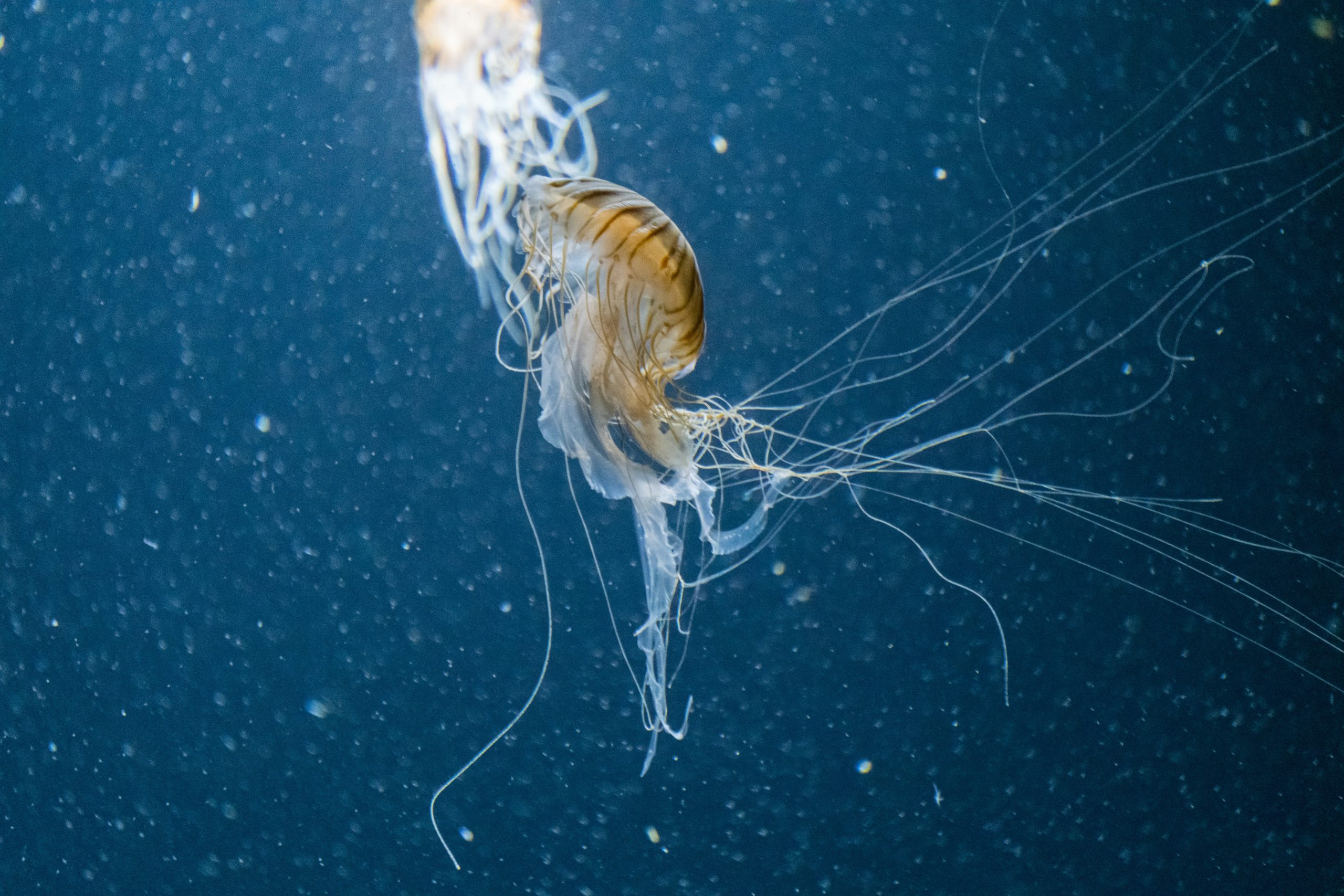![]()
While it might seem that the business cat on our computer keyboard, this set of numbers and letters is a standard of tea. There are scores of different classifications of this caliber of tea, many with addenda and their modifiers. These are boasted on tea companies’ bundles. But to customers, this is practically nonsensical. We’ll discuss these ranges are decided, what they imply, and also how to use them how.
Tea grading is a misunderstood and perplexing topic. Most people feel that a tea that is high quality will probably be exceptional to a moderate grade. Though this might be true, it is not guaranteed.
The issues with tea grading run deep and broad. First of all, they aren’t standardized and change based on the state of the source. The foliage grades result in the stage of manufacturing. The grades pay no more attention to other elements, like the climate of the area, soil quality, storage, etc.. These categories simply signify the different leaf dimensions and visual descriptors (including the “trippiness” of this tea – the proportion of unopened leaf buds). That is an important understanding, as it means grade doesn’t necessarily indicate quality or taste. It’s typically just a measure of just how great the leaf seems.
British Tea Grading System
Tea grading changes by the state as previously mentioned. The most frequently seen system from the American tea marketplace is that the British system (exactly what the letters were at the start of the lesson). When grading most Orthodox teas, then the beginning point is Pekoe, or even a comparatively entire leaf tea. Remember that this system was intended for black teas, therefore”the whole leaf” does not signify that a great, unbroken leaf in the shrub, as black teas, have been wrapped and oxidized. However, Pekoe is a major leaf. The smaller size could be about a BOP – Broken Orange Pekoe and return from there. Tea manufacturers then add modifiers to describe the foliage in greater detail: FOP (Flowery Orange Pekoe, meaning a few of the leaves appear open like cherry blossom petals) or even GFOP (Golden Flowery Orange Pekoe – there are tons of gold leaves from the tea). The notion is that more descriptors suggest”better” grade or more elaborate tea. more, Following that, letters have been added, representing the greater quality. Stands for Special Finest Tippy Golden Flowery Orange Pekoe.
As a side note, this is also where we get the famous term found on tea packaging anyplace – Orange Pekoe (pronounced ‘Peck-o’). Orange Pekoe has nothing to do with orange taste or apples. This is a mistake. It is a type of foliage size.
CTC teas can also be rated within this method, but since those teas are processed quite differently (shredded by a machine, then rolled into small chunks), the ranges available are rather limited. They don’t seem like Orthodox: there is a CTC BOP formed differently than an Orthodox BOP. This does not conclude that Orthodox teas are far better than CTC while tea leaves are normally bigger.
The above grading conditions are often applied to black teas from India and Sri Lanka (along with a couple of Chinese teas). The machine is different, although, in China, grading is unique to foliage look.
Chinese Tea Grading System
Teas are abbreviated, first being the maximum grade and down from that point. Normally 9 or 7 is what the majority of men and women deal with, although there is no place stopping stage. This is particular to shape and the foliage design and the way that has been implemented in creation. It says nothing regarding the grade of the taste (and also the best-looking tea isn’t always the best tasting)!
You could find a reference to this season of harvest from the system. Pre-Qingming Dragonwell (“before the rains”) is a fantastic illustration of this. Seasons yield quality of taste so it’s called out, where it’s notable.
Chinese tea titles tend to be poetic and illustrative of the foliage (‘hairy crab’, ‘longevity eyebrow’, ‘red snail’). Some may indicate in which the tea originated from – Yunnan is a tea state in China, and really, the birthplace of tea. As with the machine, while ‘Temple of Heaven Gunpowder’ tells you the foliage production’s caliber and also that the kind of tea, it isn’t necessarily indicative of taste quality.
Japan and Taiwan
Interestingly the dimensions of this foliage, not grade teas. Most teas have been mixed in their final phase of production. Lots of dimensions are blended for cup consistency. Maybe you have discovered that Gyokuro and Sencha possess a lot of particles from the foliage? The tea was not damaged in transport; these finer bits are mixed back, giving the tea a brothy ‘umami’ quality.
Taiwan is the only tea manufacturer to grade its tea taste in addition to looks. This has been finished some years back, although this was a government-run operation. The system worked for their tea’s farmers and farmers it’s carried out the same fashion by taxpayers to the day. A proud tea civilization, Taiwan retains also the breakdown as well as tea contests – 20 dry foliage look that was 20% and taste – is utilized in grading. Oolongs can market for substantial costs that are astronomical; their oolong is taken by the Taiwanese!
You might see, particularly some grading terminology, from Taiwan and Japan. The most commonly known are Extra Choicest, Choicest, Choice, Finest, Fine, excellent Moderate, Moderate, Great Common, Shared, Nubs, Dust, and Fannings (the latter of which can be used for tea bags, because of their very small size).
The moral of this story? Taste, taste, flavor! That’s the only way you’ll be able to determine what excellent tea that is great signifies to you. As a relationship is significant between growers and buyers can it be significant! Keep practicing and learn how to trust your view. Purchase from tea vendors. In case your company matters, they should have the ability to inform you and should promote your comments. Finally, where you view ranges let this be an idea as to what may be greater quality than many others. Do not let the view of your taste buds blurs.
A last note: most of the methods are random, and thus don’t get hung up on these. A number of the numerous factors are the personal opinion of the man who assigned the grade or the kind of machines involved (how big the displays for BOP may fluctuate from 1 backyard in India to another, by way of instance). Keep in mind that there’s not anybody to a state that any system is right or wrong. How can all this insanity work? For exporters and importers, it is about building great relationships and communicating. When an estate sells a purchaser a BOP, however, that foliage turns out to be far too little for the intended function (and exactly what the purchaser is utilized to), something is off about the way property is grading their tea, and this message is relayed.
Share This




Be the first to comment